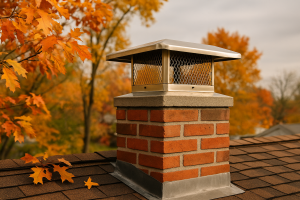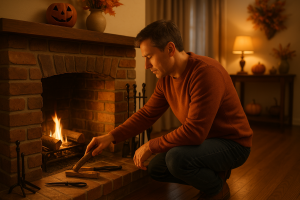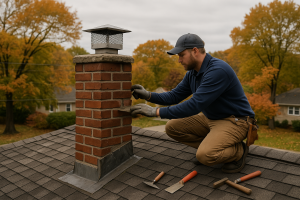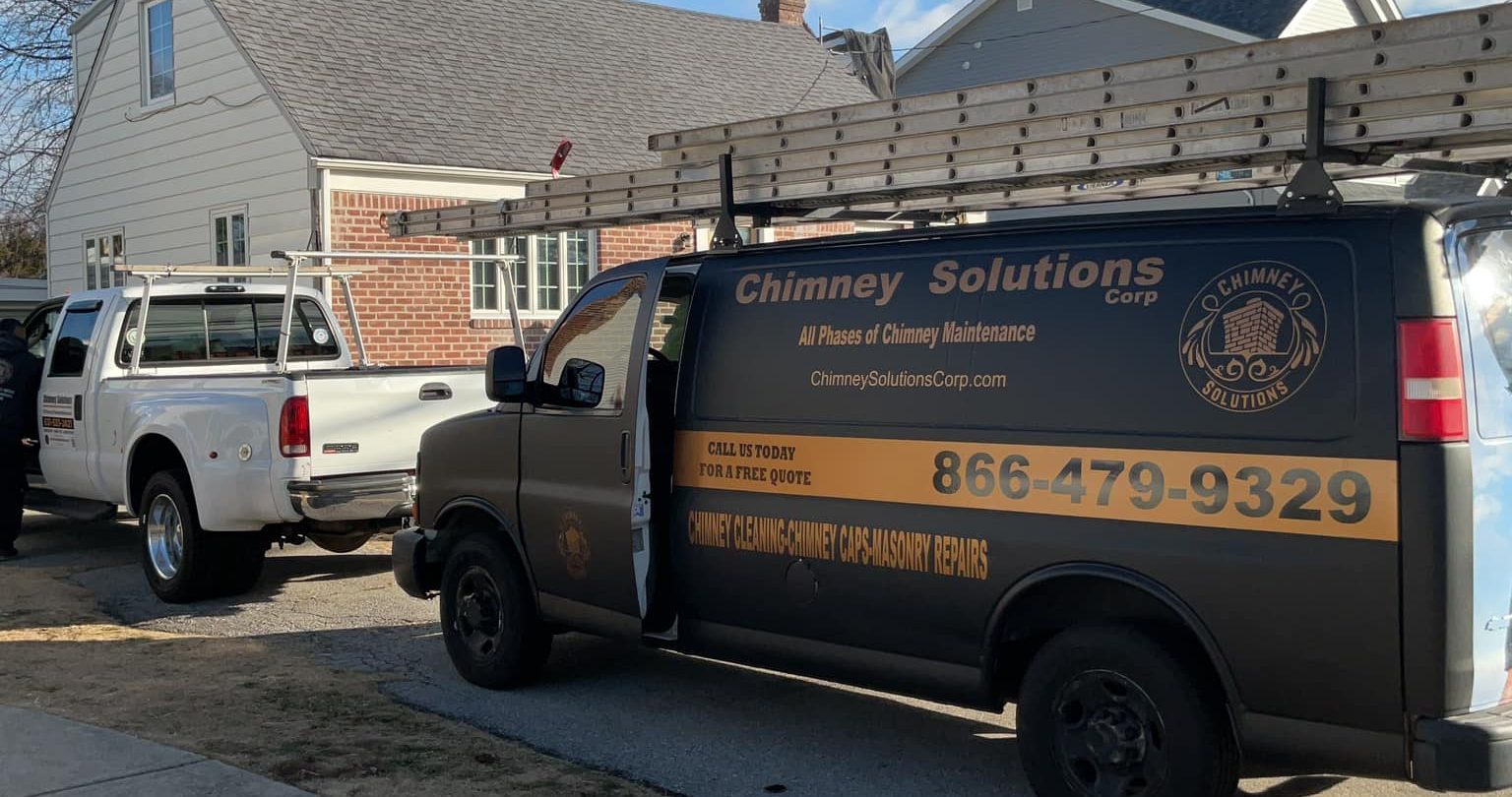As the winter chill sets in, your fireplace becomes more than just a decorative feature—it’s a primary heating source and a cozy gathering space for family and friends. But without proper care, your fireplace could become an inefficient heat source that increases your energy bills and reduces home comfort. Fortunately, with a few strategic upgrades and consistent maintenance, you can boost your fireplace’s performance and keep your home warm without sacrificing efficiency.
The Benefits of an Efficient Fireplace
An efficient fireplace doesn’t just heat your home better—it also saves money on heating costs, reduces creosote buildup, and minimizes the release of harmful combustion byproducts into your living space. Whether you rely on wood-burning fireplaces or modern gas fireplace inserts, improving efficiency helps you get the most out of your energy use during the cold months.
Select Appropriate Firewood
Importance of Seasoned Firewood
For those using traditional wood fireplaces, the type of firewood you burn plays a crucial role. Seasoned hardwood, which has been properly dried for at least 6-12 months, provides cleaner combustion and higher heat output than green or damp wood. Burning seasoned wood also reduces the buildup of creosote—a flammable residue that can accumulate in your chimney flue and become a major fire hazard.
Firewood to Avoid
Avoid using unseasoned wood, treated lumber, or softwoods like pine, which tend to burn quickly and inefficiently while producing more creosote and smoke. These types of wood contribute to poor combustion and increase the risk of chimney fires and air quality issues indoors.
Invest in Fireplace Accessories
Install Glass Fireplace Doors
Glass fireplace doors act as a barrier between your home and the cold air outside, preventing warm air from escaping when the fire is out. They also serve as a safety feature, minimizing the risk of sparks or embers reaching your living space. Look for tempered glass models that withstand high heat and enhance aesthetic appeal.
Benefits of Fireplace Inserts
Fireplace inserts are sealed units that fit directly into your existing masonry fireplace. These efficient fireplace options dramatically improve heat retention and distribution by circulating warm air back into the room. Whether you choose wood or gas fireplace inserts, this upgrade can reduce heating costs while making your fireplace a more reliable heat source.
Schedule Regular Maintenance and Inspections
Annual Chimney Cleaning
A clean chimney is essential for maintaining optimal airflow and minimizing the risk of chimney fires. Annual chimney cleaning removes soot, creosote deposits, and obstructions like animal nests or debris that can block your chimney flue.
Importance of Professional Inspections
A certified chimney technician can spot hidden hazards such as chimney liner damage, creosote buildup, or issues with your fireplace damper. According to the Chimney Safety Institute of America (CSIA), homeowners should schedule an annual chimney inspection to ensure their systems meet safety standards and are operating efficiently.
Make Your Gas Fireplace More Efficient
Understand AFUE Ratings
If you use a gas fireplace, pay attention to the AFUE (Annual Fuel Utilization Efficiency) rating. A higher AFUE means more of the gas you burn is converted into usable heat. Modern gas fireplaces and inserts typically offer higher efficiency than older units, making them a smart upgrade during cold winter months.
Implement Zone Heating
Using your fireplace as a supplemental heating source—particularly in high-traffic areas like the living room—can reduce reliance on central heating systems. This approach, known as zone heating, saves energy by allowing you to lower your thermostat while still keeping key areas of your home warm and cozy.
Optimize Fireplace Ventilation
Ensure Proper Ventilation
Proper airflow ensures complete combustion and reduces the accumulation of dangerous gases like carbon monoxide. Keep your fireplace damper in good condition and ensure it’s fully open before lighting a fire. When the fire is out, close the damper to prevent warm air from escaping.
Minimize Drafts and Seal Gaps
Drafty windows and gaps around the fireplace can reduce heating efficiency. Seal cracks with caulk and consider installing a chimney balloon or top-sealing damper to prevent cold air infiltration when the fireplace is not in use.
Improve Home Insulation
Seal Around the Fireplace
Cold air can enter through gaps around the firebox or chimney. Use fire-resistant insulation or sealants designed for masonry to address these weak points without compromising safety.
Use Thermal Window Coverings
Windows near your fireplace should be insulated with thermal curtains or shades, especially during evening hours. These coverings help retain warm air and reduce heat loss through glass panes, which are common culprits of heat loss.
Know When to Call a Professional
If you notice signs like smoky odors, decreased heat output, or visible damage around your chimney or firebox, it’s time to schedule an inspection. A professional chimney sweep can conduct a thorough evaluation and recommend upgrades or repairs to restore efficient fireplace performance.
Conclusion
Improving your fireplace’s efficiency this winter is more than a comfort upgrade—it’s a proactive step toward energy savings, fire safety, and reliable heating. From using seasoned wood and sealing drafts to investing in fireplace inserts and scheduling professional inspections, these practical strategies can turn your fireplace into an efficient, cost-effective heat source all season long.



